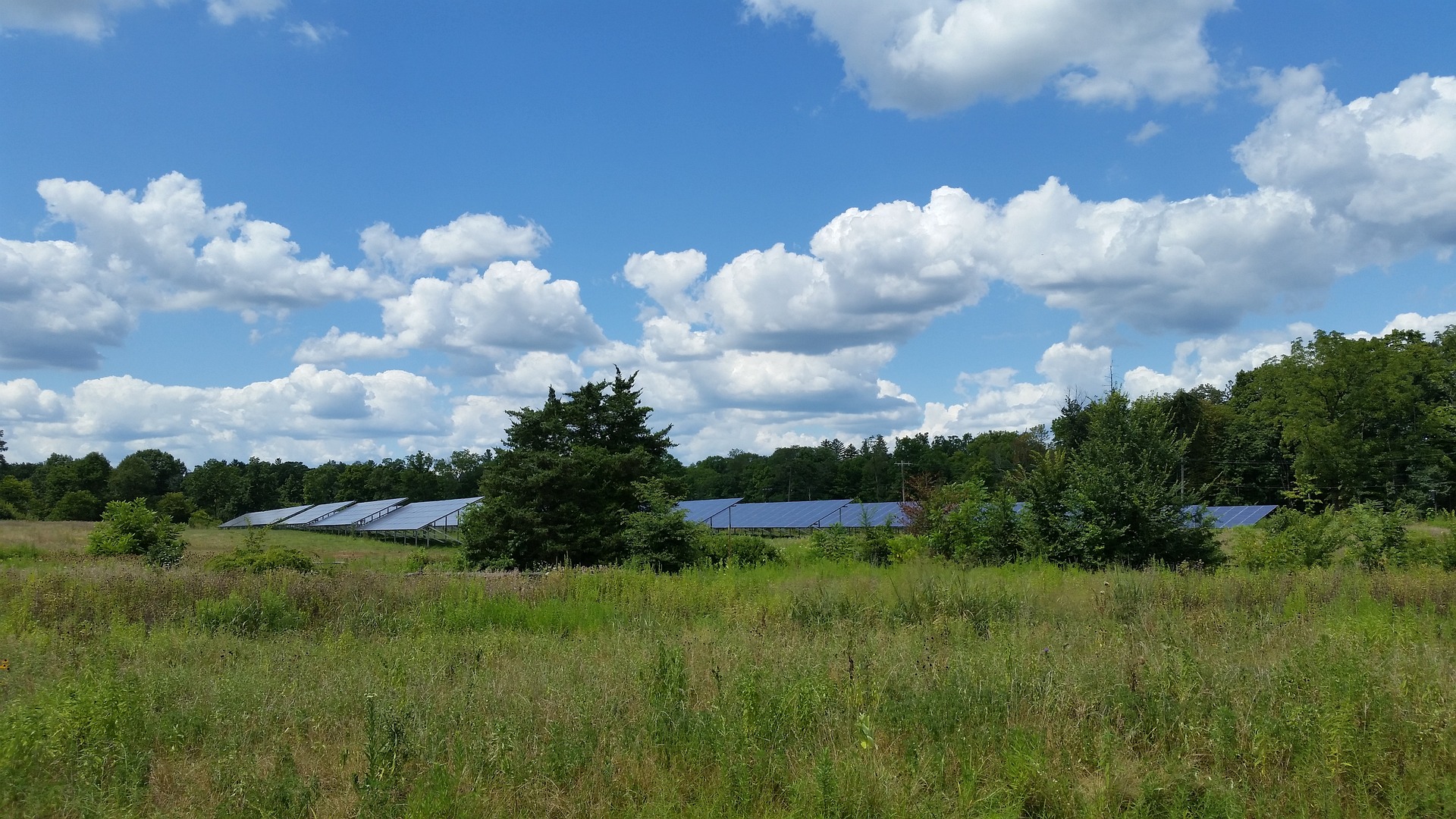In the picturesque county of Hampshire, where natural landscapes range from the New Forest National Park to the tranquil waters of the Solent, the importance of sustainable living and eco-friendly practices is ever-growing. For homeowners contemplating construction or renovation, integrating sustainable architecture is not just an environmentally conscious decision but a practical approach to reducing energy costs and enhancing living conditions. This guide provides a professional overview of eco-friendly design solutions tailored for Hampshire homes, emphasizing sustainability without compromising on style or comfort.
Understanding Sustainable Architecture
Sustainable architecture seeks to minimize the environmental impact of buildings through efficient use of materials, energy, and development space. For Hampshire homeowners, this means designing homes that blend with the local environment, utilize renewable resources, and maintain energy efficiency, all while ensuring a comfortable and aesthetically pleasing living space.
Site-Specific Design
The first step in eco-friendly design is to consider the specific site of your home. Hampshire’s diverse landscape offers unique opportunities for sustainable building practices. For example, positioning your home to maximize natural light can significantly reduce electricity usage, while incorporating natural wind patterns can enhance ventilation, reducing the need for air conditioning.
Energy Efficiency
A cornerstone of sustainable architecture is energy efficiency. This can be achieved through various means, such as high-quality insulation, energy-efficient windows, and the installation of solar panels. Hampshire, with its fair share of sunny days, is an excellent location for solar energy systems, which can provide a significant portion of your home’s energy needs. Additionally, considering energy-efficient heating and cooling systems, like ground source heat pumps, can further reduce your carbon footprint and energy bills.
Sustainable Materials
Choosing sustainable building materials is crucial for reducing the environmental impact of your home. Materials such as reclaimed wood, recycled steel, and other sustainable options not only offer environmental benefits but also add character and uniqueness to Hampshire homes. Furthermore, using local materials can reduce transportation emissions and support the local economy.
Water Conservation
Incorporating water conservation measures is another vital aspect of sustainable architecture. Rainwater harvesting systems can collect rainwater for use in gardens or, with proper treatment, as greywater for toilets and washing machines. Low-flow fixtures in kitchens and bathrooms can also significantly reduce water usage without compromising functionality.
Indoor Environmental Quality
Sustainable design also focuses on creating healthier indoor environments. Using non-toxic, low-emission materials and paints can improve indoor air quality. Moreover, incorporating natural light and ventilation not only reduces energy consumption but also enhances the wellbeing of occupants.
Landscaping and Biodiversity
The design of outdoor spaces should also reflect sustainable principles. Native plant landscaping in Hampshire homes encourages biodiversity and reduces the need for irrigation and chemical fertilizers. Creating green roofs or walls can further enhance insulation and biodiversity, contributing to the ecological health of the area.
Navigating Planning and Regulations
When implementing sustainable architecture in Hampshire, it’s essential to navigate local planning and building regulations. Engaging with local authorities early in the design process can ensure that your eco-friendly solutions comply with all necessary guidelines and contribute positively to the community’s sustainability goals.
Conclusion
Sustainable architecture offers a pathway to not only reduce the environmental impact of our homes but also create spaces that are healthier, more efficient, and in harmony with Hampshire’s stunning natural environment. By embracing eco-friendly design solutions, homeowners in Hampshire can contribute to a more sustainable future while enjoying the numerous benefits of green living. The journey towards sustainable architecture requires careful planning, but the result is a home that stands as a testament to environmental stewardship and innovative design.

